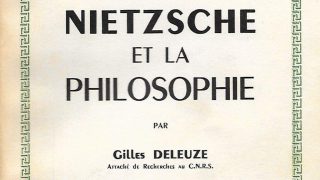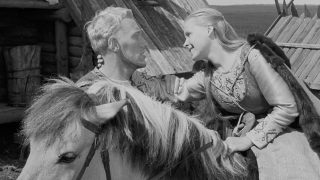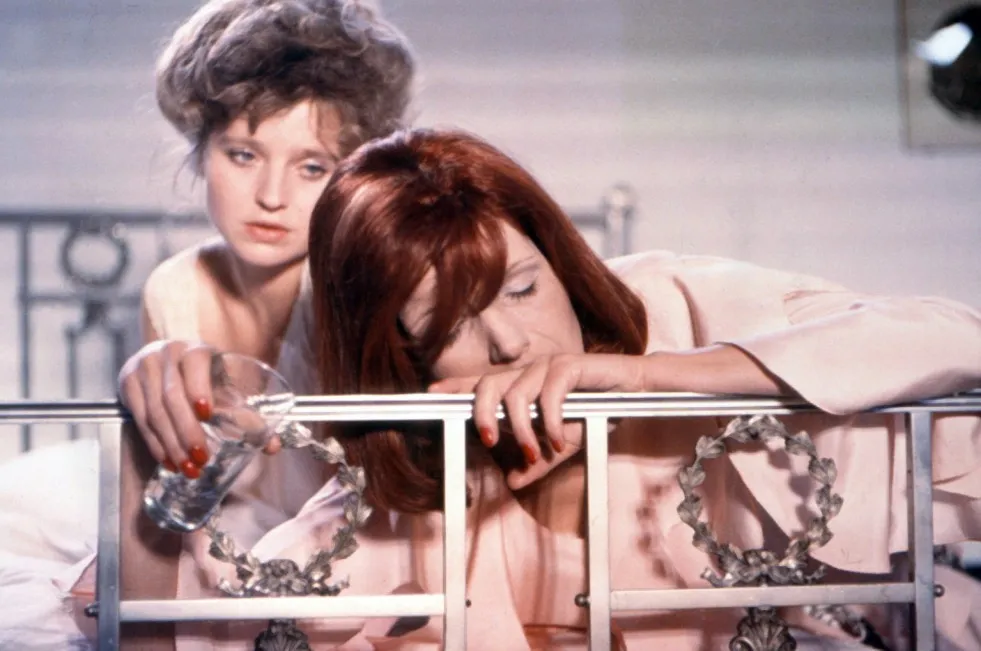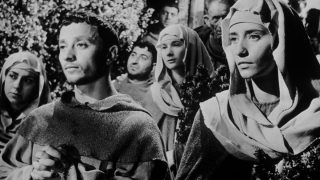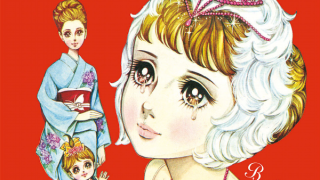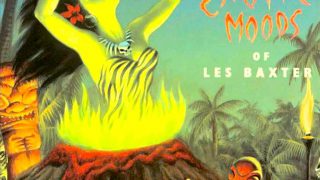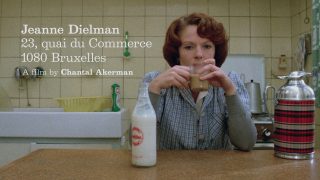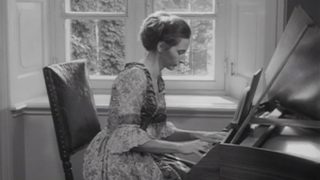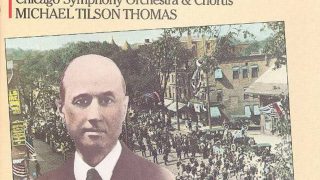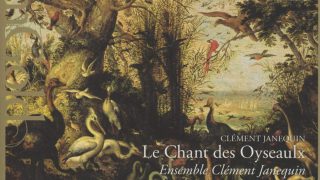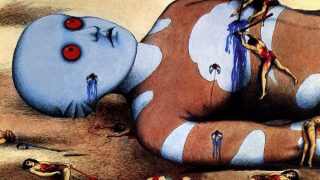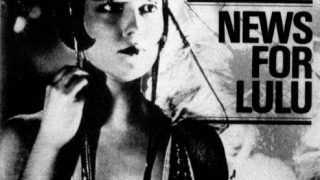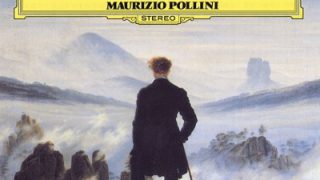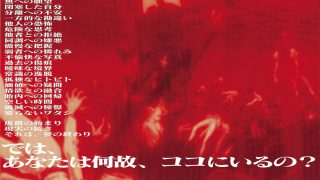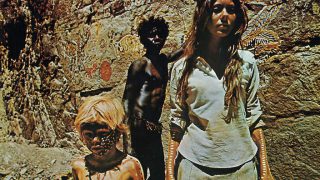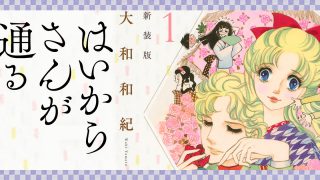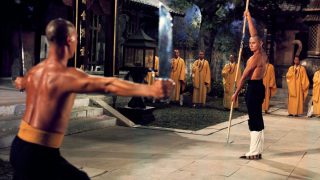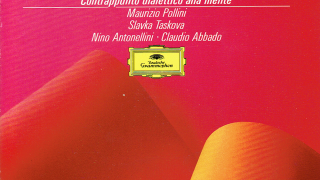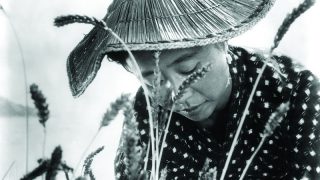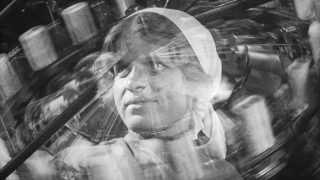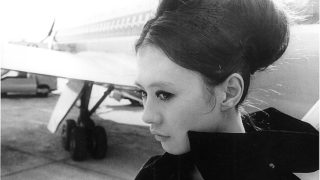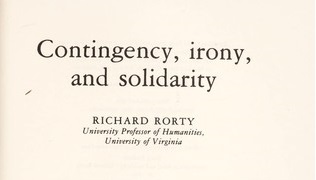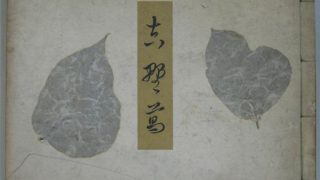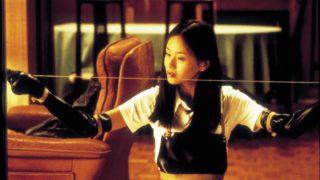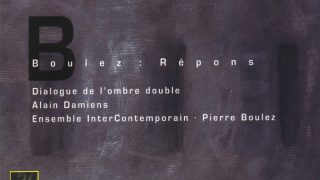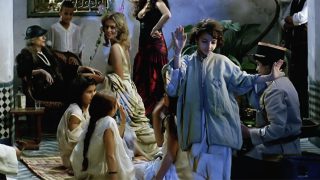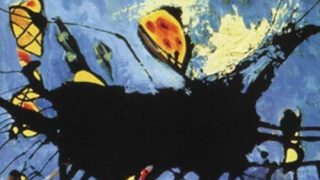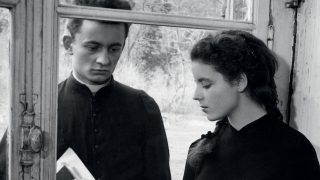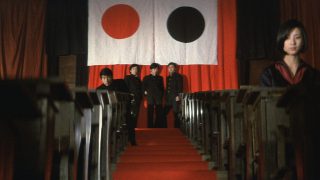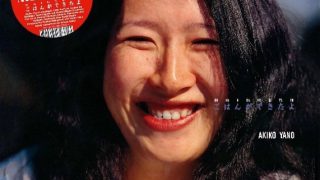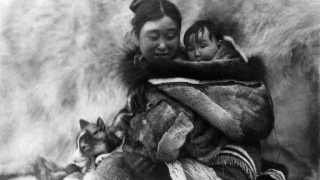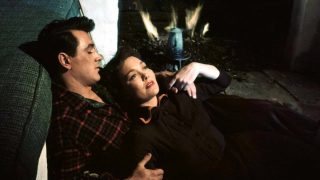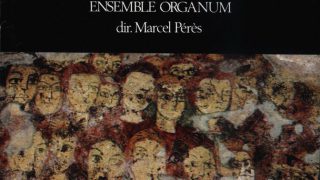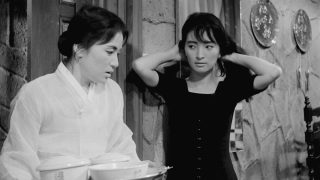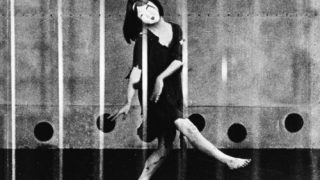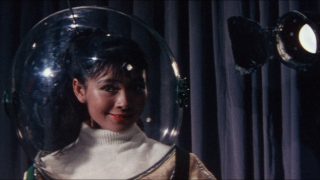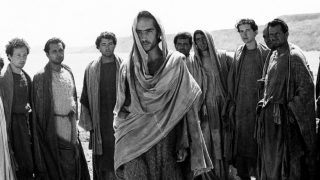“Star Deluxe” is a compilation album of the major songs by Hideko Hirai, a Japanese female singer born in Tokyo in 1918, who had worked in the fields of children’s song and popular song during the early Shōwa period (before and during the war).
It contains her songs recorded in 1928–1941. It was released from Victor Entertainment in 2014 as a double-CD (51 tracks).
Though it is a reproduction of the original 78rpm record masters, the sound quality is good.
The CD1 consists of children’s songs and
Shōka (school songs) released in 1928-1934. The CD2 consists mainly of modern popular songs incorporating the elements of jazz, Hawaiian, Latin music (tango, rumba), and Tairiku Kayō (Chinese-style popular songs), and covers of Western music, which were released in 1937-1941. The CD2 includes wartime (home-front) popular songs too.
It is a valuable reissue in that the prewar/wartime songs sung by Hideko Hirai’s high-pitched, meltingly enchanting, and beautiful voice can be enjoyed in clear sound.
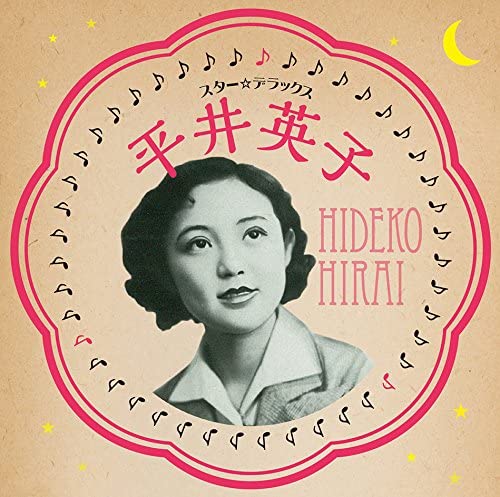
Most of the children’s songs in CD1, such as “Shojoji no Tanuki Bayashi (Raccoon Dogs Dancing at Shojoji Temple)” (1929), “Ano Machi Kono Machi (Towns, Here and There)” (1928), “Koganemushi (A Golden Beetle)” (1928), and “Usagi no Dance (Dancing Rabbit)” (1929), are written by Ujō Noguchi and composed by Shinpei Nakayama. Almost all of these tracks with Hirai are the first recordings of the songs.
“Chameko no Ichinichi (Chameko’s Day)” (1929) is an operetta for children written and composed by Kōka Sassa in 1913. The lyrics describe a day of an urban-dwelling girl in Taishō period (around the 1910s), in which elementary school girl Chameko gets up in the morning, has a breakfast, goes to school, takes lessons (arithmetic and reading aloud), and goes to see movies in the evening.
This song had been released from 1919 to 1933 four times in Japan. The 1929 Hideko Hirai version became a smash hit. A short anime film was produced as a phonograph talkie (a film with synchronized sound from a record) using the Hirai version, and released in 1931.
In some CDs and DVDs, the part in which Chameko reads aloud in school is cut because it uses the word “izari”, a discriminatory term against the people who cannot walk on their legs, but this compilation album includes the uncut version.
“Tobacco-ya no Musume (A Girl of Cigar Store)” (a duet with Akira Kishii) is a novelty song hit released in 1937. It uses the melody of the traditional Christian hymn “Shall We Gather at the River?”.
“Kū-nyan Kawaiya (Pretty Girl)” (a duet with Akira Kishii. 1939) is a cover of the song “Chino Soy” by Xavier Cugat.
The Japanese cover of “The Wedding Of Mister Mickey Mouse” (1934), and “Shinsekai no Tabi (Journey to the New World)” (1940), which is a medley of American classical and traditional tunes, are interesting for that they reflect the fondness for American culture in Japan before the Pacific War.

